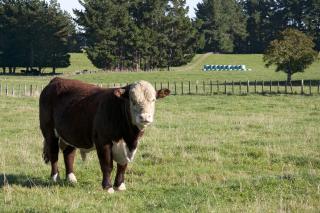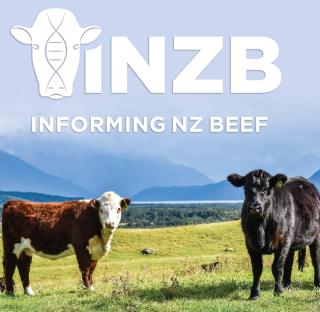Search results
Displaying 801 - 810 results of 990
- Decisions on low-slope map encouraging but more work needed …

- … quicker, more informed choices. … Background: Gastrointestinal nematodes (GIN) are a significant concern for livestock health in New Zealand. Effective management of these parasites requires accurate monitoring to determine which treatment … tools to use. Currently, the Faecal Egg Count (FEC) test is commonly used to assess worm burden. While FEC is quick and cost-effective, it does not identify the specific species of parasites present. To determine species, a follow-up … Comprehensive testing: Identify both parasite burden and species, giving a clearer picture of your livestock's health. Cost-effective: Benefit from tests that are affordable, helping to manage expenses while improving parasite …
- Key improvements welcomed in amended winter grazing regulations …

- Agriculture sector seeks further detail on Freshwater Farm Plans …

- Page… make up an increasing proportion of the worm population on the farm. Over time, they become dominant in the population and eventually, drenches fail to work. Because we still want our drenches to be effective for the stock that need them … drench intervals. A longer period between drenches allows more time for susceptible worms to produce offspring and dilute out the offspring of resistant worms. Monitoring is important to do this safely. Don’t drench animals directly … or ‘clean’ grazing. See this video on new grass management for tips. Draft out light 2ths or ewes, don’t drench them and run them together with lambs. Avoid running lambs or R1 cattle as the sole stock class in a grazing area. … Refugia …
- Update on B+LNZ’s advocacy on carbon farming …

- PodcastBreakFeed: Talking Bull 1 – Why you should (or shouldn’t) farm bulls …

- Growing network of women in NZ’s red meat sector …
- PodcastAn introduction to the B+LNZ Informing New Zealand Beef programme: what you need to know …

- B+LNZ Lamb Crop Report 2023 …

